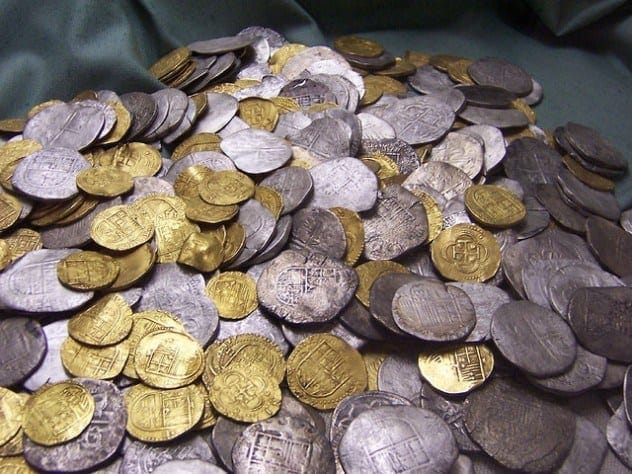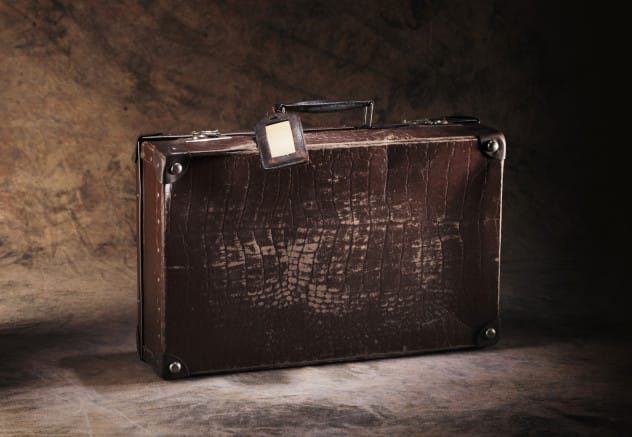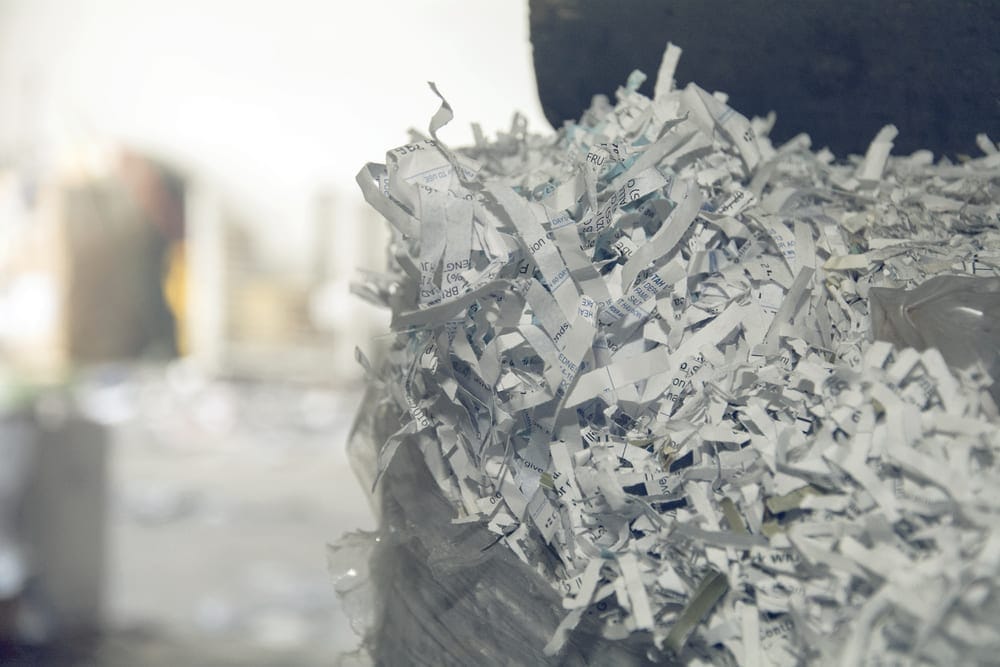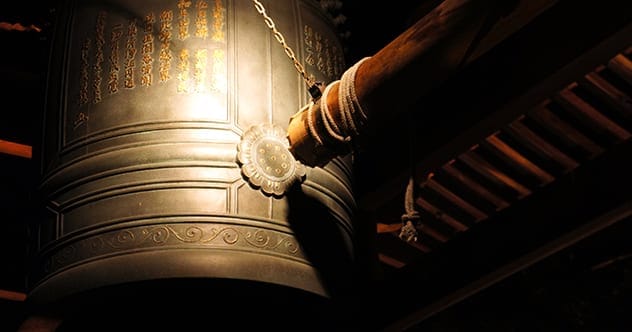As another year comes to a close, many of us are eager to celebrate new beginnings. While some New Year’s traditions are universal, others are delightfully unique. Get ready to explore some of the weirdest and most wonderful New Year’s traditions practiced around the world!
1. Joya no Kane (Japan)
Food plays a big part in New Year’s celebrations in Japan. Toshikoshi soba (noodles in hot broth) is traditionally eaten on New Year’s Eve, while o-sechi ryori is typically enjoyed on New Year’s Day. Many Japanese families get together to prepare mochi, while others prefer to buy ready-made versions.
As midnight strikes, bells ring out from Buddhist temples all over Japan. The temple bells are rung 108 times, representing the number of human desires which lead to pain and suffering. This ritual, known as joya no kane, is meant to drive away all negative emotions and experiences.
People also gather on beaches and mountaintops to observe the first sunrise of the new year and pray for good fortune and joy.
2. Mochi Pounding (Hawaii)

If you’re in Hawaii for the festive season, you can observe several awesome traditions for New Year’s. These include firework displays, eating sashimi, drinking ozone soup, as well as mochi pounding (rice pounding). Eating sashimi is believed to bring prosperity, and the round shape of mochi represents family harmony.
Mochi pounding was done by Japanese plantation workers in the 19th century and involved an intricate ritual. The rice was soaked for days, and ceremonial mallets were used to pound it into shape. These sticky rice cakes were once eaten by emperors and were symbolic of long life.
Many Hawaiian families prefer to buy mochi these days, but some still perform the tradition of pounding the mochi with usu and kine as part of their New Year’s celebrations.
3. Polar Bear Swim (Canada)

Canada’s New Year’s traditions include ice fishing, ice skating with friends and family while watching a stunning firework display and enjoying live music, or keeping an eye out for the aurora borealis while reflecting on the year gone by.
Some revelers opt for an exciting (and freezing) activity to kick off the new year by jumping into ice-cold sea water. At English Bay beach, thousands gather on New Year’s Day annually either to partake in the Polar Bear Swim event or watch those brave enough to do so. Participants can take part in a 100-yard dash, and then run into the freezing water of the Pacific Ocean where they splash around for several minutes before getting out and dressing quickly in warm clothing.
This popular event started in Vancouver in the early 1900s and will likely continue when safe to do so.
4. First Visitor (Ireland)

For many in Ireland, having a red-headed woman be the first visitor to their home on the first day of the new year is a sign of bad luck. On the other hand, a dark, handsome stranger could mean good fortune all year ‘round. If you are in Ireland and don’t want to leave your new year fate up to a random visitor, you could create your own good luck by spring cleaning your home and starting the upcoming year with a clean slate.
You could also take Christmas bread and bang it on the doors and walls of your home to chase away bad luck and invite good spirits and good fortune in.
A beautiful Irish New Year’s tradition also sees families set a place at the dinner table for loved ones lost during the past year. They also leave the front door unlocked to honor deceased friends and family.
5. Eat a Lot for Good Fortune (Poland)

In some parts of Poland, the tradition of eating a massive New Year’s Eve dinner lives on. It is believed that eating a lot of food on the last night of the year will ensure that hunger never enters your home. Bread, meat, cake, and cabbage with peas are usually the staples of this special feast.
For a truly traditional experience, you should have a bowl of ice-cold water poured over you before eating as it is customary in some regions to wash your whole body before dinner. A silver coin is placed at the bottom of the bowl, and if it lands on the head of the person who took the ice shower, it must rest there untouched throughout the meal. This will ensure abundant riches in the coming year.
6. Twice the Celebration (Greenland)
Greenland is well known for their awesome firework displays that light up the night sky on December 31 as people ring in the new year. The country is autonomous and also part of Denmark.
Because of the link to Denmark, many Greenlanders celebrate New Year’s twice. They wait for the clock to strike 20:00 (which is midnight in Denmark) and then celebrate with fireworks and toasts. Four hours later, they do it all again when midnight strikes in Greenland, doubling the fun.
7. Grab Your Suitcase (Mexico)

In Mexico, those who want to spend the upcoming new year traveling to exciting destinations might just try and increase their chances of seeing more of the world by grabbing a suitcase on New Year’s Eve and running around their house while dragging it along. Some believe the suitcase must be packed, so people walk around the house instead of run if it becomes a tad heavy.
Another quite common tradition in Mexico is the wearing of red or yellow underwear to bring love and money, respectively. As the new year approaches, family and friends gather to enjoy a big dinner after which toasts are made with champagne. People then eat 12 grapes in 12 seconds to ensure their New Years’ wishes come true.
8. Hogmanay (Scotland)
From beautiful Scotland comes the tradition of Hogmanay which is also the Scots word for the last day of the year. Throughout the country, people observe New Year’s Eve by visiting the homes of friends and family and exchanging gifts. Special attention is given to the first guest of the New Year, known as the ‘first-foot’, as they are seen to be a bringer of good luck. The first-foot must carry salt, bread, a coin, whiskey, and a lump of coal with them as they enter a home.
It is believed that Hogmanay started with the Vikings who celebrated the winter solstice with large parties towards the end of December. Hogmanay is also celebrated in the form of events such as a torchlight procession in Edinburgh, street parties and firework displays.
9. Let It Go (Argentina)

In Argentina, it is customary to see shreds of paper raining down on the streets of Buenos Aires on the last day of the year. This is because office workers have a tradition of throwing out all old documents, calendars, and notepad paper in shredded format, to welcome the new year with a clean desk and less clutter.
The act of shredding paper and letting it fly is also believed to symbolize the letting go of all negativity and allowing positivity to enter one’s life. The sheer volume of the paper pieces that land in the city streets litters it for at least two days.
However, while the old paper ‘confetti’ might make the streets of Buenos Aires look a bit strange for a couple of days, it is far less hazardous than the tradition in some other countries of throwing pots, pans, furniture, and large appliances out of high-rise building windows.
10. Bleigiessen (Germany)
Should you find yourself in Germany on New Year’s Eve, you could take part in Bleigiessen or ‘lead pouring’ with a group of friends and family. Lead pouring is done while standing in a circle or a group and melting a small piece of lead on a spoon over a candle. Once the lead is melted, you drop it in a bowl or glass of cool water.
This causes the lead to harden again into whatever shape it takes as it hits the water. The shape is said to predict what the new year holds in store for you. For instance, if your blob of lead hardens in the shape of an eagle, you will fly and travel more in the upcoming year. If you find that the lead has taken the shape of a horse bit, you will soon have dental troubles. Should you be lucky enough to get the shape of a wheel, you will win the lottery, but if your lead takes on the shape of a cross it could mean death.
From eating specific foods to performing unique rituals, these New Year’s traditions offer a glimpse into different cultures and the hopes they hold for the year ahead. Which of these traditions do you find most intriguing? Maybe you’ll even start a new one of your own!
What are your favorite New Year’s traditions? Share them in the comments below!










